European Gas Drops as Ukraine Transit Worries Ease for Now
(Bloomberg) -- European natural gas futures dropped to the lowest since the end of July as concerns eased over near-term exports from Russia that travel across Ukraine.
Benchmark front-month contracts fell 2.6%, erasing Wednesday’s gains. Fuel-shipment orders published by the Ukrainian grid signaled the usual amount of Russian gas will cross the nation on Friday, the same as Thursday. Yesterday, data had signaled a decline, which boosted prices.
Across the Atlantic, Hurricane Francine weakened to a tropical depression after slamming into the coast of southern Louisiana. It caused power outages, including near the Plaquemines liquefied natural gas plant. But fuel flows remained steady at the eight US export facilities that are in operation or starting up. Another plant, Cameron LNG, was not impacted by Francine, a spokesperson said.
As a result, traders are back to holding the bearish sentiments that dominated earlier this week, with gas futures hitting a six-week low on Tuesday after a selloff. The European Union is heading toward the heating season with ample inventories, while demand for the fuel from industry and the power sector remains lackluster.
“TTF near-curve prices are lower w/w, but we think the price volatility reflects changes in paper positioning rather than a shift in European gas fundamentals,” Energy Aspects Ltd. analysts including Thomas Schumacher and James Waddell said in a note this week, referring to the European benchmark Title Transfer Facility.
Read Also: German Power Trades Near Four-Month Low Amid Economic Gloom

“The market seems to have found a price zone that maintains a good equilibrium between comfortable EU gas stocks and risk (i.e. uncertainty) factors on supply and demand,” analysts at Engie SA’s EnergyScan said in a note. “For now, any significant deviation from this equilibrium price zone appears unsustainable, which therefore leads to upward or downward corrective movements.”
Still, the market remains sensitive to supply curbs, having become more reliant on global flows following the energy crisis. A sudden jump in gas usage in Europe or Asia because of freezing weather could push prices higher again, especially given the looming expiration of a gas-transit agreement between Russia and Ukraine and a likely halt of those flows on Jan. 1.
“We observe already a risk premium in the prices of the respective winter months,” said Marco Saalfrank, head of continental Europe merchant trading at Swiss utility and trader Axpo Solutions AG. “But there’s still room for a further increase if this gas flow would stop.”
Dutch front-month futures, Europe’s gas benchmark, settled 2.6% lower at €35.19 a megawatt-hour in Amsterdam. The UK equivalent contracts also fell.
©2024 Bloomberg L.P.
KEEPING THE ENERGY INDUSTRY CONNECTED
Subscribe to our newsletter and get the best of Energy Connects directly to your inbox each week.
By subscribing, you agree to the processing of your personal data by dmg events as described in the Privacy Policy.
More gas & LNG news

ADNOC successfully completes $2.84 billion marketed offering of ADNOC Gas shares
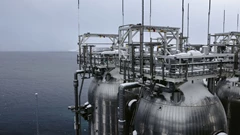
Scientists Say EU Carbon Market Should Include Removals Like CCS
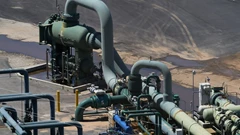
Trump Will Allow for More Gas Pipe Expansion, Southern CEO Says

EU Trade Chief Says Ready to Work With US on Lower Tariffs
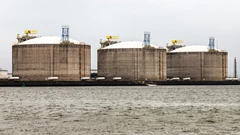
EU to Look at More ‘Flexible’ Filling of Gas Storage Post-2025
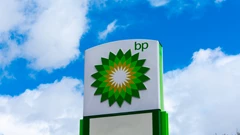
bp begins production from Raven Phase 2, offshore Egypt
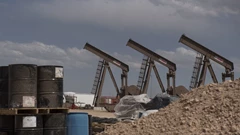
Diamondback Nears Permian Deal to Buy Shale Producer Double Eagle
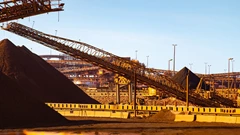
Australia’s Iron Ore Hub Reopens, Rio Mines Resume After Cyclone

Australia’s Iron Ore Export Hub to Reopen After Cyclone Weakens
















